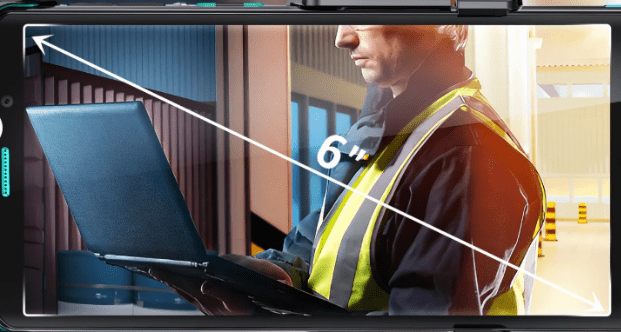Businesses that rely on fleet operations must prioritise efficiency, cost-effectiveness and customer satisfaction. Telematics technology has become a crucial tool in fleet management, offering businesses valuable insights into vehicle location, driver behaviour, fuel consumption and maintenance needs. By leveraging telematics, companies can significantly improve their customer service. Here’s how.
Real-Time Tracking for Accurate Delivery Estimates
One of the most significant benefits of telematics in fleet management is real-time GPS tracking. Customers value accurate delivery times, and telematics allows businesses to provide precise estimates by monitoring vehicle locations in real time. If a delay happens because of traffic or unforeseen circumstances, customers can be updated immediately, reducing frustration and enhancing trust in the service.
Faster Response Times
Telematics technology enables businesses to optimise route planning and dispatching, ensuring the nearest available vehicle can be assigned to a job. This is particularly beneficial for service-based industries such as emergency repairs, plumbing and courier services. By reducing response times, companies can improve customer satisfaction and keep a competitive edge in the market.
Improved Driver Behaviour for Safer and More Efficient Service
Customers expect safe and professional service from businesses that operate fleet vehicles. Telematics provides data on driver behaviour, including speeding, harsh braking and rapid acceleration. By monitoring these metrics, fleet managers can implement training programmes to promote safer driving habits. This not only reduces the risk of accidents but also ensures that goods and passengers arrive at their destinations in a secure and professional manner.
Enhanced Fuel Efficiency and Cost Savings
Fuel costs are a major concern for fleet-based businesses. Telematics helps monitor fuel consumption and identify inefficient driving practices, such as excessive idling or unnecessary detours. By optimising fuel usage, businesses can reduce operational costs and pass these savings on to customers through competitive pricing, thereby improving overall customer satisfaction.
Preventative Maintenance for Reduced Downtime
Breakdowns and vehicle malfunctions can lead to significant service delays, negatively impacting customer experience. Telematics technology tracks vehicle diagnostics and alerts fleet managers to maintenance needs before they become critical. Proactive maintenance ensures that vehicles remain in top condition, reducing downtime and ensuring reliable service delivery.
Enhanced Communication and Transparency
Modern customers expect transparency and open communication. Telematics enables businesses to share tracking information with customers, allowing them to keep an eye on the progress of their deliveries or service calls. This level of transparency builds trust and boosts the customer experience by keeping them informed every step of the way.
Compliance with Industry Regulations
Fleet management involves adhering to various industry regulations, such as hours-of-service (HOS) rules and environmental guidelines. Telematics ensures compliance by tracking driver hours and vehicle emissions, reducing the risk of penalties and legal issues. Businesses that operate within legal requirements can assure customers of their commitment to safety and environmental responsibility.
Conclusion
Telematics technology is revolutionising fleet management by improving efficiency, safety and cost-effectiveness. More importantly, it plays a crucial role in enhancing customer service by providing accurate delivery estimates, reducing response times, promoting safer driving and ensuring vehicle reliability. As customer expectations continue to rise, businesses that invest in telematics will be better positioned to deliver a superior and seamless service experience.










